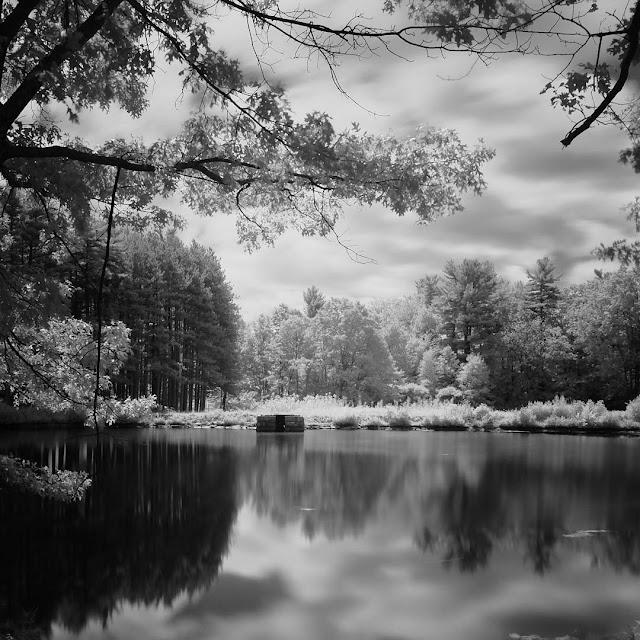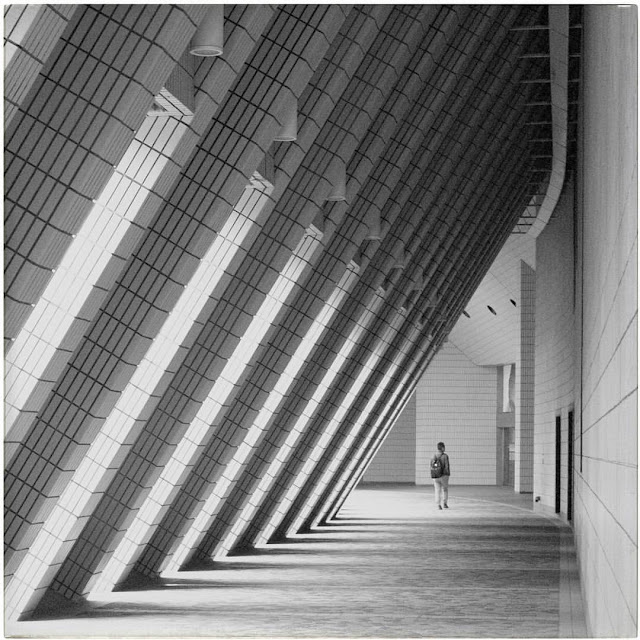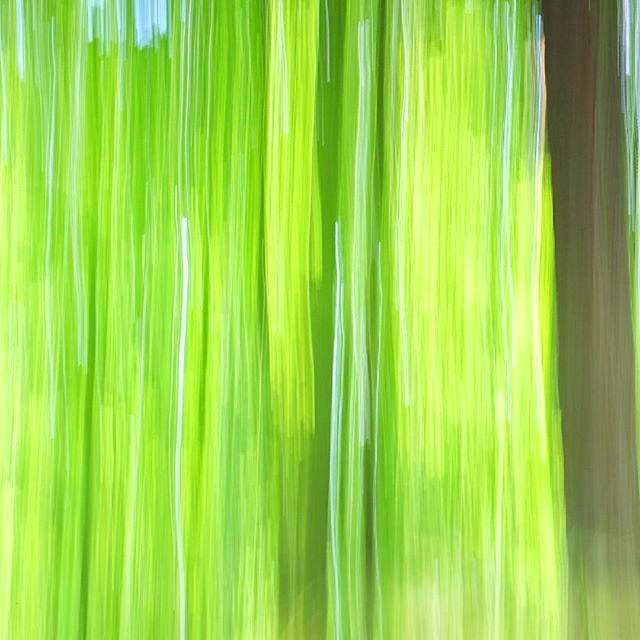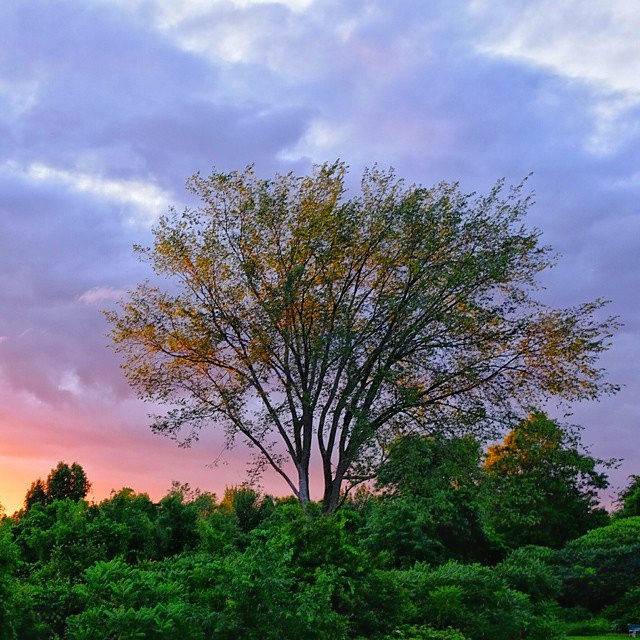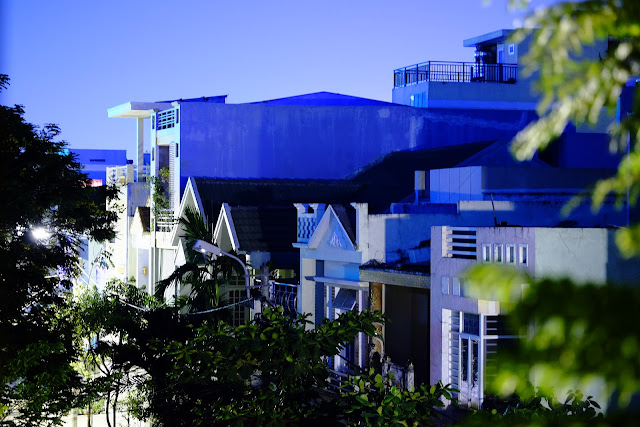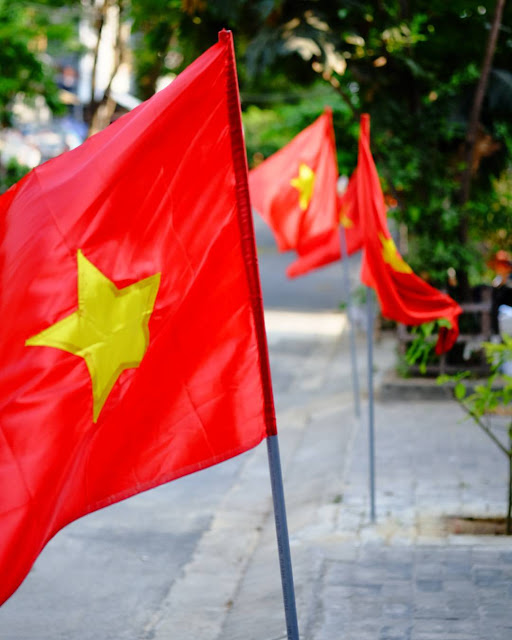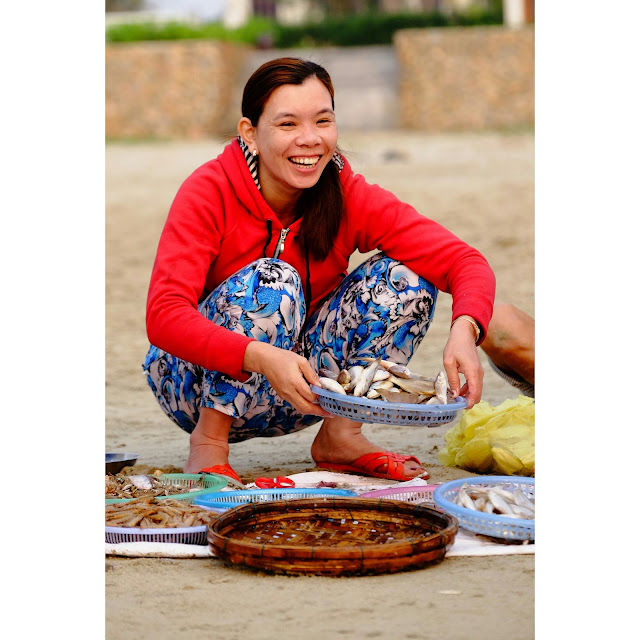"The Beauty of Aqua" available at the Internet Archive
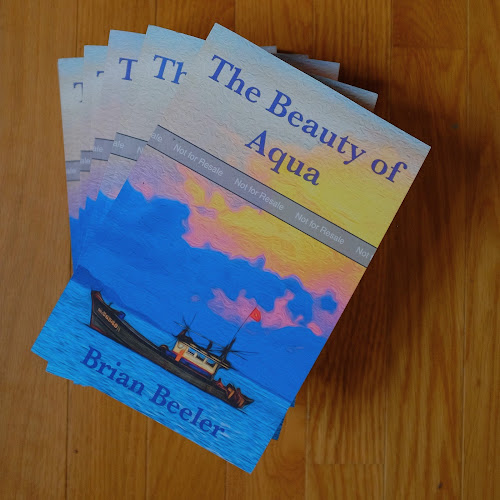
About two years ago I sat down to write a roughly thirty thousand word novella about Vietnamese food and a bit about my two years living in the country where that food was born. While I've been writing professionally and for my own edification on-and-off all my life I'd never written a single work of that size. At first it seemed like a daunting task but within a few days the words and plot started coming to me like a gentle rain: slow, sweet and constant. And that rain never stopped. Soon the gentle rain gave way to a flood of words and about three weeks later I'd written a one hundred and twenty thousand word manuscript. It was without a doubt the most rewarding experience of my life. Many writers can write a manuscript that requires little editing and I'm not one of them by a long shot. My manuscript was more of a stream of consciousness requiring almost two months of very meticulous editing. The joy I felt writing that manuscript was equal to the pain I felt editing...

